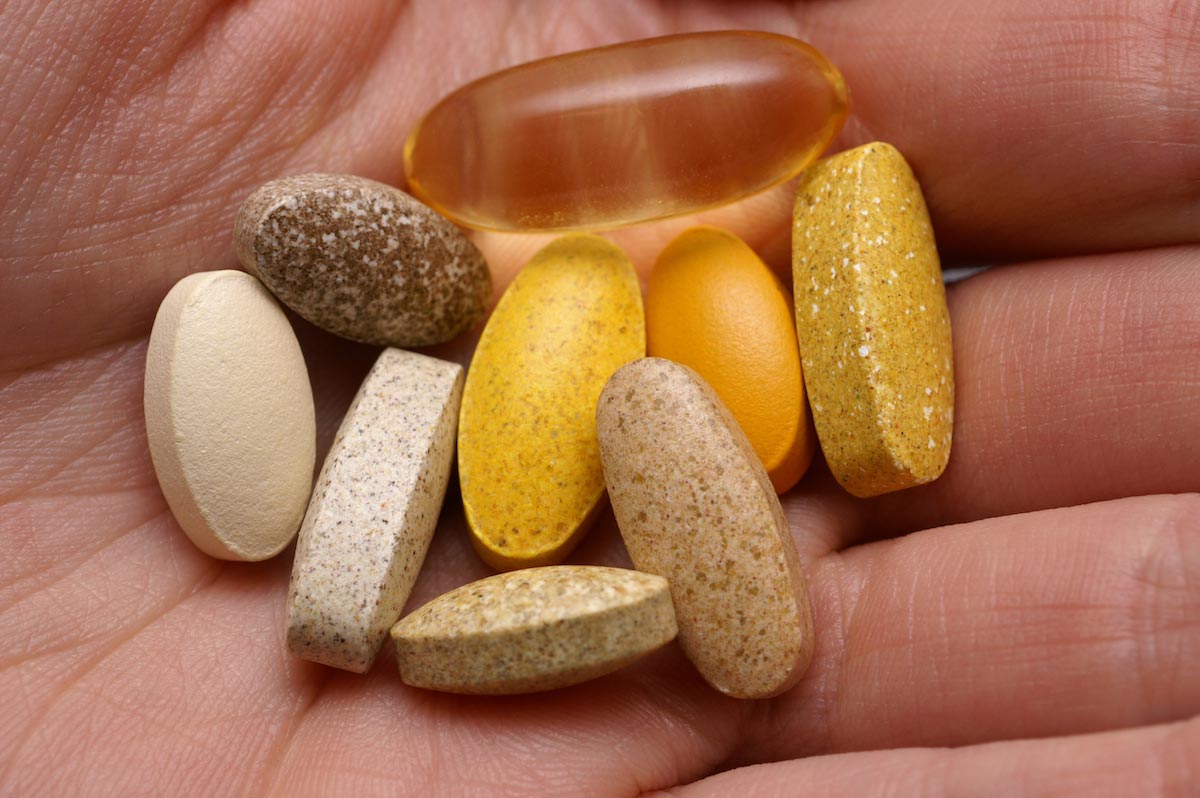Can a common mineral deficiency explain PMS? Researchers say try this inexpensive, natural cure
05/25/2019 / By Isabelle Z.

Many women dread “that time of the month,” when symptoms of impending menstruation like cramps, headaches, bloating, digestive problems, breast tenderness and irritability set in. Everyone has their own preferred method of dealing with premenstrual syndrome, whether it’s a hot water bottle, over-the-counter pain pills, or lots of naps. However, researchers may have found a more effective approach to PMS, and it comes in the form of magnesium.
Not all women are affected in the same way, but around 75 percent of menstruating women will experience some form of PMS, which can range from very mild to nearly debilitating. For one out of every 20 women, it can be extremely severe, with symptoms like anger and depression, in a condition known as premenstrual dysphoric disorder.
No matter where your PMS falls on the spectrum, magnesium can make a difference. This is particularly true if you happen to be one of the two thirds of Americans who fail to get enough of this important mineral. A magnesium deficiency increases smooth muscle contractility and prostaglandin levels, the inflammatory compounds behind period pain.
Studies have shown that women who take 400 milligrams of magnesium each day experience reductions in the breast pain, sugar cravings, weight gain, headaches, dizziness and nervous tension associated with PMS.
In a different study, 34 percent of the women who took a relatively conservative dose of 250 milligrams per day found PMS relief within three months. In a similar study, women noted improvements in PMS-related pain and mood in a randomized, controlled trial after just two months of magnesium treatment.
Magnesium can increase a chemical neurotransmitter in your brain known as GABA, which helps you to relax and sleep. Therefore, it’s not surprising that magnesium is great at addressing exhaustion. This is supported by a 2012 study that discovered that taking 500 milligrams each day improved insomnia in just eight weeks.
As far as those mood swings that many women experience at that time of the month, magnesium has that covered, too. A 2017 study published in PLOS One showed that adults taking just 248 milligrams of magnesium daily experienced significant improvements in their levels of anxiety and depression after just six weeks. It is believed to alleviate depression because of its role in the regulation of neuronal function, and its ability to enhance thyroid function may also play a role.
How to get more magnesium in your diet
Instead of reaching for junk food the next time your period is approaching, why not focus on magnesium-rich foods and see if it makes a difference for you? Start upping your intake of foods like leafy greens (spinach, arugula and kale in particular), cashews, almonds, spinach, pumpkin seeds, black beans, and avocados, and see if you notice any improvements after about two months. If not, you might consider getting your magnesium levels checked and taking a supplement.
Keep in mind that your magnesium levels can be depleted by stress and consuming sugar, soda and alcohol. Stress might be difficult to avoid, but if you’re trying to improve PMS symptoms and keep your magnesium levels in check, watch out for alcohol, cola and sugar. What about those cravings for something sweet? Look for a dark chocolate with a high percentage of cacao; dark chocolate is rich in magnesium, and the darkest options will be relatively low in sugar.
If you feel like your system is simply not in balance when your period approaches, it’s quite possible that your magnesium levels aren’t up to par. Make a point of getting more magnesium and you may finally be able to put PMS behind you.
Sources for this article include:
Tagged Under: Anxiety, cramps, depression, food is medicine, magensium, Magnesium, menstruation, natural cures, natural remedies, nutrition, period, period pain, PMS, premenstrual syndrome, prevention, remedies, research, supplements, women's health
RECENT NEWS & ARTICLES
COPYRIGHT © 2017 PREVENTION NEWS



















